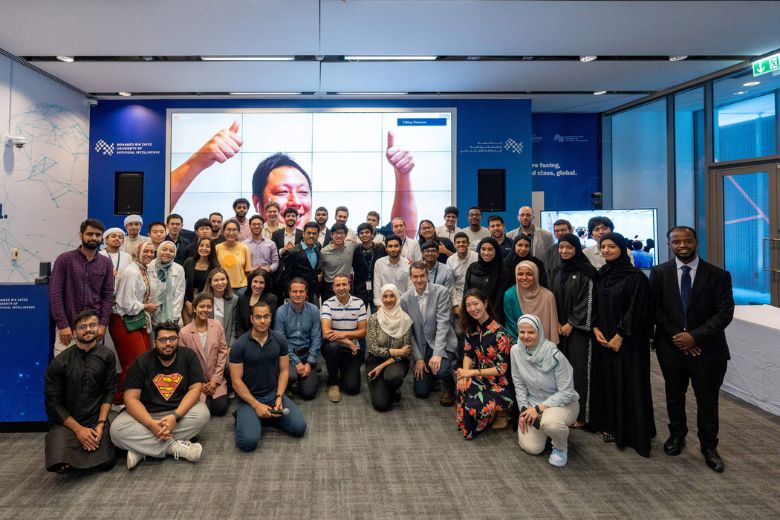Competitive selection process identifies top STEM undergraduate students from around the world for month-long research experience in Abu Dhabi
Mohamed bin Zayed University of Artificial Intelligence (MBZUAI), the world’s first university dedicated to AI research, has opened applications for the third edition of its Undergraduate Research Internship Program (UGRIP). The competitive selection process identifies the top third- and fourth-year STEM undergraduate students from around the world to attend the month-long AI program in Abu Dhabi, where they gain hands-on experience in AI research and work with some of the world’s leading AI researchers and faculty.
Connect with some of the brightest minds in AI and gain hands-on experience of AI research
The month-long, all-expenses-paid internship program will give third- and fourth-year STEM university students the opportunity to connect with some of the brightest minds in AI and gain hands-on experience of AI research in areas including computer vision (CV), machine learning (ML), and natural language processing (NLP) at MBZUAI’s campus in Abu Dhabi over the summer of 2025. As testament to the program’s success in fostering academic advancement, more than 50% of participants from the inaugural edition of UGRIP have since joined MBZUAI as postgraduate students or researchers.
“We’re excited to open applications for the third edition of UGRIP, which contributes to our mission to identify and nurture the next generation of innovators and leaders in AI,” MBZUAI’s Provost, Professor Timothy Baldwin, said. “UGRIP has been highly successful over its first two editions, providing a stepping-stone for aspiring researchers from around the globe to achieve real-world impact through hands-on AI projects. We look forward to welcoming some of the world’s best STEM students to Abu Dhabi and giving them the opportunity to work closely with our top-class faculty and researchers.”
Since its inaugural edition, 79 students from universities including Harvard University, Yale University, Johns Hopkins University, University of Padova, IIT Madras, Pontificia Universidad Católica de Chile, Vietnam National University HCM City, and Australian National University, joined the programme after a rigorous selection process.
Teams of UGRIP interns will work on upwards of 10 research projects that have been specially designed for the program by MBZUAI faculty. Projects in 2024 included the development of a metaverse prototype for digital healthcare; an initiative to improve the accuracy and robustness of AI-powered baby cry analysis models, and a systematic evaluation of large language model generalisability across languages and tasks.
Some of the papers to come out of UGRIP’s research projects to date have been accepted to leading academic conferences including the International Conference on Medical Computing and Computer Assisted Intervention (MICCAI) and the Empirical Methods in Natural Language Processing conference (EMNLP).
In addition to their research, last year’s interns participated in a brain tumour segmentation challenge utilising CV techniques to identify tumours in medical images.
Outside of academia, UGRIP interns experience the heritage, history and culture of Abu Dhabi. These include trips organised by Abu Dhabi Residents Office (ADRO) and the Department of Culture and Tourism – Abu Dhabi (DCT) to significant landmarks such as Qasr Al Hosn, the Sheikh Zayed Grand Mosque, and the Abrahamic Family House.
Undergraduates interested in internships with MBZUAI can submit their applications online by28 February 2025 (5:00 PM UAE time) to be considered for UGRIP Summer 2025. The programme will run from 9 June until 4 July.
More information and a link for applications can be found here:

















